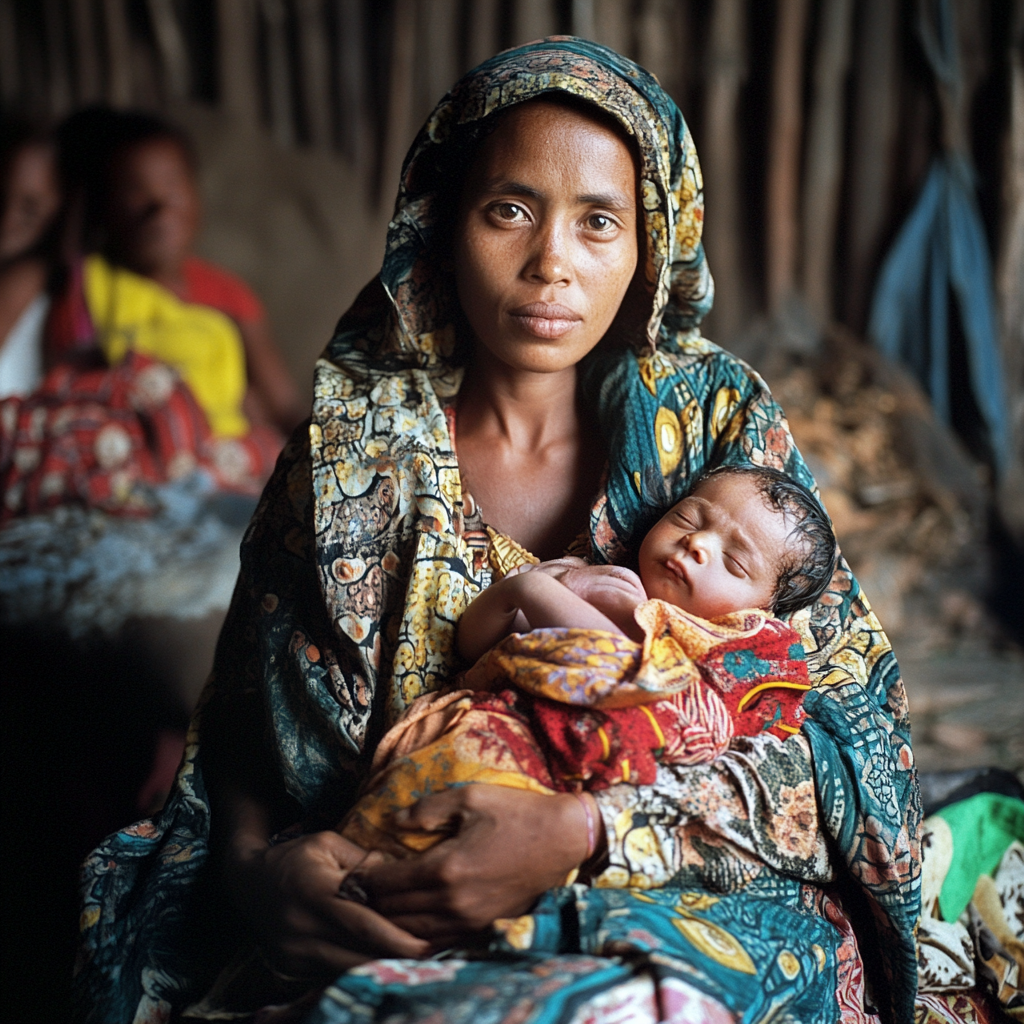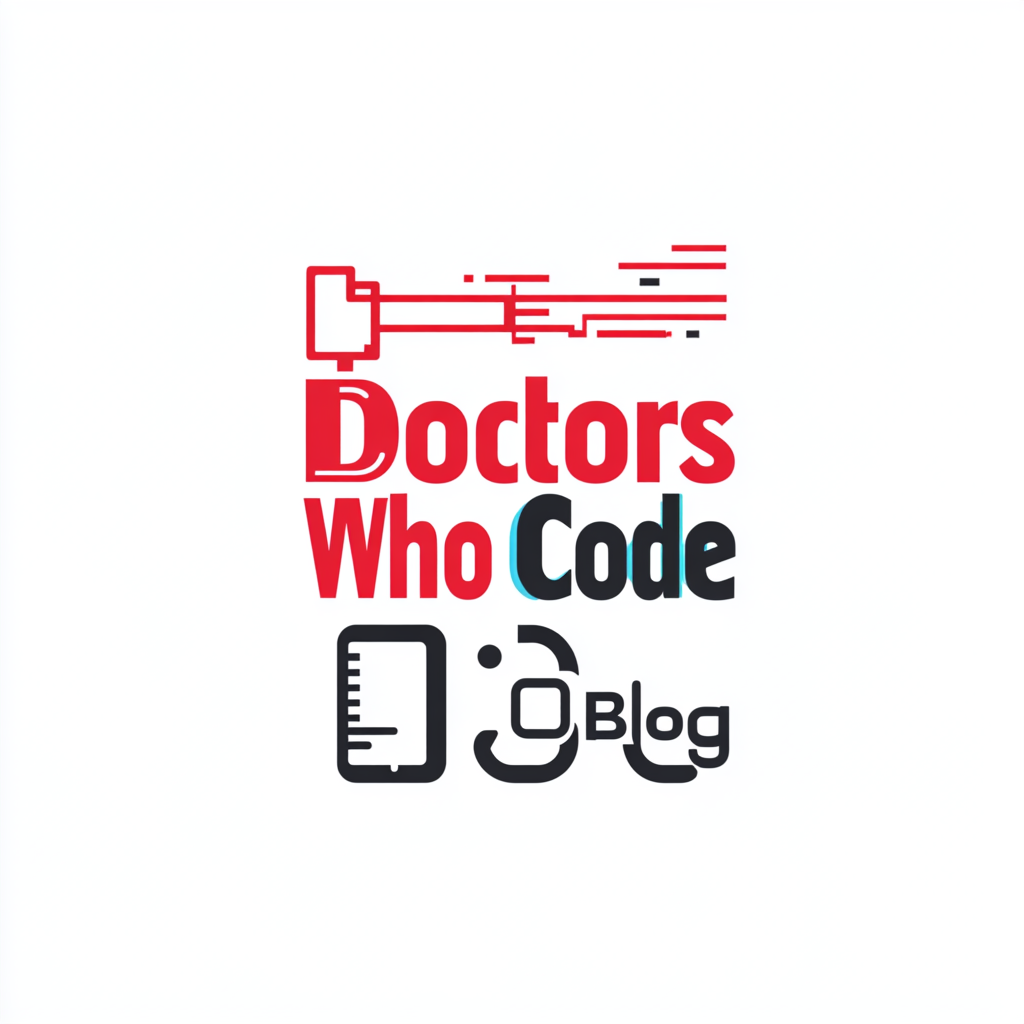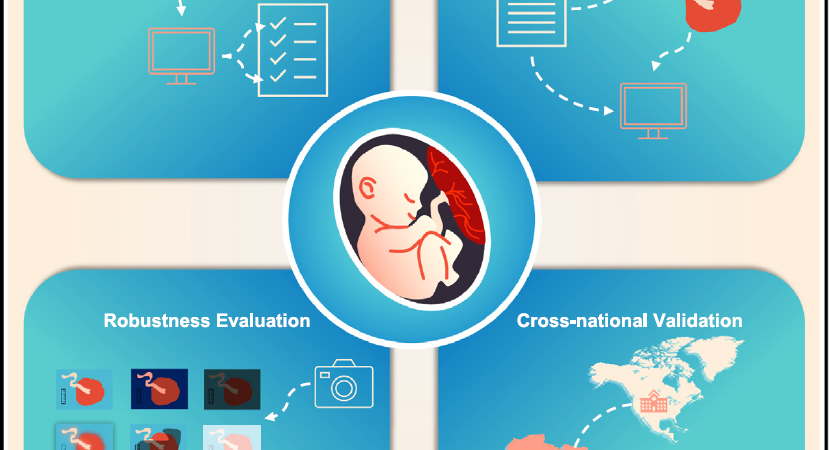Meta Description:
Discover how Placentavision AI transforms maternal healthcare using smartphone-based placental imaging. Learn how this breakthrough technology saves lives globally. Read more now.
Table of Contents
- A Picture That Saves Lives: The Story of PlacentaVision AI
- What Makes PlacentaVision Technology Revolutionary?
- Transforming Healthcare, One Image at a Time
- How PlacentaVision Works: A Technical Deep Dive
- Success Stories: Real-World Impact
- The Future of Maternal Health: What Lies Ahead
- Conclusion: A Game Changer for Global Maternal Health
- References and Further Reading
A Picture That Saves Lives: The Story of Placentavision AI
Imagine this: A mother gives birth in a remote village where access to specialized medical care is scarce. Minutes after delivery, a midwife takes a simple photo of the placenta using her smartphone. Within moments, the AI-powered PlacentaVision technology analyzes the image and alerts the team to a possible complication. A decision is made, interventions begin, and a life is saved.

This is not a scene from a futuristic movie; it is the reality PlacentaVision AI is creating today. By combining advanced artificial intelligence with smartphone cameras, Placentavision is revolutionizing maternal healthcare, ensuring that no critical clue—hidden within the placenta—is missed.
The placenta, often discarded or overlooked, carries invaluable information about maternal and neonatal health. Despite its importance, 80% of placentas worldwide go unanalyzed due to cost, expertise gaps, and logistical hurdles. This negligence can result in missed diagnoses of life-threatening conditions like placental abruption, infections, or fetal growth issues. Enter Placentavision AI—a powerful yet accessible tool that democratizes placental analysis and saves lives worldwide.
What Makes PlacentaVision Technology Revolutionary?
At its core, PlacentaVision uses artificial intelligence to analyze placental images, providing real-time insights with minimal equipment.
Why is this a breakthrough?
- Accessibility: With nothing more than a smartphone camera, healthcare providers can identify abnormalities instantly.
- Affordability: Unlike expensive laboratory tests, PlacentaVision reduces costs and training requirements.
- Speed: Analysis happens within minutes of childbirth, enabling immediate intervention.
- Global Usability: The technology performs reliably in both high-resource hospitals and remote rural clinics.
How Did It Start?
PlacentaVision was born from years of rigorous research and testing. By combining clinical expertise, data science, and AI modeling, the team created a solution that bridges the healthcare equity gap. The system was developed using:
- 12 years of clinical data
- Testing across two continents (U.S. and Uganda)
- Diverse healthcare settings and environmental conditions
Transforming Healthcare, One Image at a Time
Immediate Impact in Hospitals
In well-equipped hospitals, PlacentaVision streamlines workflows:
- Pathology departments can prioritize critical cases for deeper examination.
- Obstetricians receive AI-driven insights to make life-saving decisions instantly.
- Resources are optimized, ensuring faster diagnoses and better care.
A Lifeline for Underserved Communities
For regions with limited access to healthcare infrastructure, PlacentaVision is a game changer. Midwives and rural clinicians equipped with smartphones can:
- Detect conditions like placental infections or vascular issues.
- Reduce maternal and neonatal mortality rates.
- Empower communities with affordable, scalable technology.
Example: In Uganda, a rural clinic piloting Placentavision AI detected placental signs of infection in a newborn within minutes of delivery. Early antibiotic intervention prevented sepsis, saving the baby’s life.
How PlacentaVision Works: A Technical Deep Dive
Placentavision AI leverages cutting-edge artificial intelligence to transform simple images into actionable medical insights. Here’s how:
1. Cross-Modal Learning
The system employs cross-modal contrastive learning, enabling AI to analyze images and interpret results in clinical contexts (similar to OpenAI’s CLIP).
2. Pre-Alignment Modules
To ensure accuracy, the AI uses pre-alignment protocols to adjust for environmental variations, such as lighting or camera quality.
3. NLP Integration
Using BERT-based distillation, Placentavision improves reasoning, translating AI outputs into human-readable diagnostic insights.
Performance Metrics
The results speak volumes:
- 82% AUC score for detecting critical placental abnormalities
- Consistent performance across datasets, regardless of resource availability
Success Stories: Real-World Impact
In High-Resource Hospitals
At leading hospitals in the U.S., PlacentaVision has:
- Reduced diagnostic turnaround times by 40%
- Enabled immediate triage of at-risk neonates
- Improved maternal morbidity outcomes with timely interventions
In Low-Resource Settings
In remote clinics in sub-Saharan Africa:
- Maternal mortality rates have decreased by 15% in pilot regions.
- Health workers report a 60% improvement in early detection of complications.
- Lifesaving interventions are now possible within minutes, not hours.
A Global Milestone: Placentavision is now being adopted across public health programs to combat maternal mortality globally.
The Future of Maternal Health: What Lies Ahead
The success of Placentavision AI marks only the beginning of AI-driven maternal healthcare. As the technology evolves, we can expect:
1. Integration with Mobile Health (mHealth)
Future iterations will link AI diagnostics with mobile health platforms, allowing for comprehensive maternal care tracking.
2. Global Scaling
Widespread adoption in healthcare systems worldwide will drive improved outcomes, particularly in underserved regions.
3. AI-Enhanced Diagnostics
With advancements in AI, Placentavision could detect an even broader range of conditions, including preeclampsia and intrauterine growth restriction (IUGR).
By merging affordability, accessibility, and accuracy, Placentavision positions itself as a tool of hope—promising to close healthcare gaps and protect maternal lives.
Conclusion: A Game Changer for Global Maternal Health
Placentavision AI is more than just technology; it’s a lifeline for mothers and babies worldwide. By transforming a simple photo into life-saving data, it bridges healthcare inequities and empowers clinicians everywhere—whether in high-tech hospitals or rural clinics under a tree.
For healthcare providers, adopting Placentavision is not just about efficiency—it’s about saving lives when every second counts.
Take Action:
If you are a clinician, policymaker, or healthcare innovator, the time to explore Placentavision is now. Stay tuned to Doctors Who Code for more information.
C. Onyeije, MD
References and Further Reading
- Goldenberg, R. L., & McClure, E. M. (2015). The Importance of Placental Pathology in Maternal and Neonatal Outcomes. Journal of Obstetrics and Gynecology.
- World Health Organization (WHO). (2022). Global Report on Maternal Mortality.
- AI in Medical Imaging: Cross-Modal Contrastive Learning Applications. (2023). Stanford AI Lab.
- Pilot Studies in Uganda: Data collected in partnership with local public health authorities.
- CLIP Model: OpenAI’s Research on Contrastive Image-Language Pretraining.
Keywords: Placentavision AI, placental imaging, maternal health, AI in healthcare, neonatal outcomes, smart medical diagnostics, global healthcare equity

